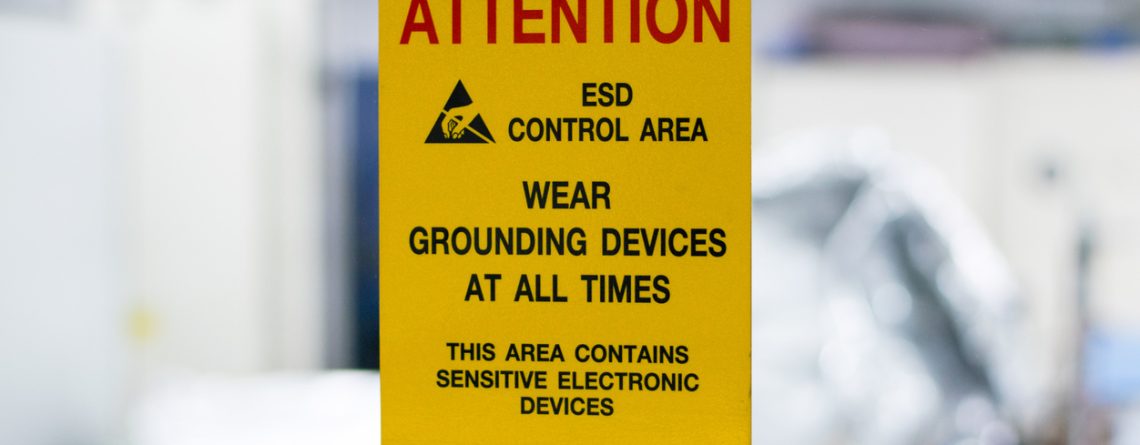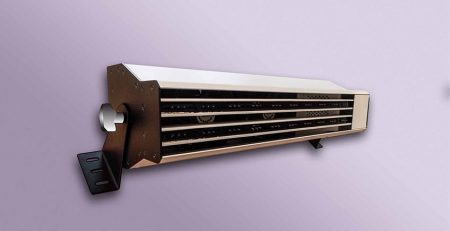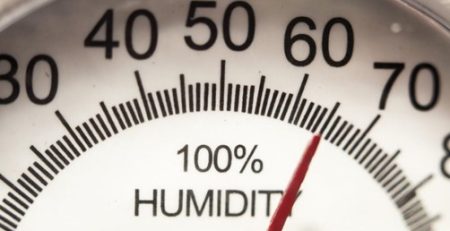What Is The Difference Between Static Electricity and Electrostatic Discharge?
If static electricity build-up is a concern in your industry, you may have already been shopping around for products that can eliminate static and help keep your workspaces, production lines and employees safe. You will likely have come across the terms static electricity and electrostatic discharge (ESD). There is often confusion between these two terms, so today, we will explore the difference between static electricity and electrostatic discharge to help you better understand how products like those we make here at Ioniser-Pro, interact with static.
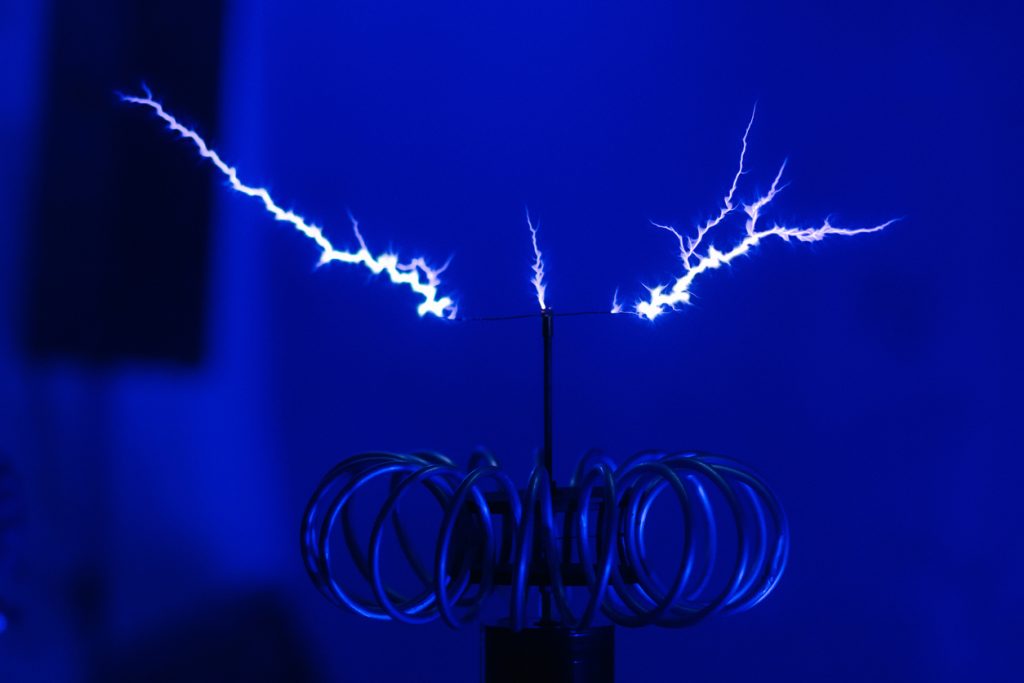
What is Static Electricity?
Electrostatic charge – or static electricity – is an excess or deficiency of electrons on or within the surface of a material. All materials are constructed from atoms that contain negatively charged electrons circling the positively charged protons in the atom’s nucleus. When an atom possesses an equal number of electrons and protons, the two balance each other out and have no charge.
An electrostatic charge is created between two contacting surfaces when at least one of the surfaces is an electrical insulator with a high resistance to electric current. As a result, some of the electrons move from one surface to the other, which causes an imbalance, leaving one surface positively charged and the other negatively charged. This is where an electrostatic charge is generated and sits on the surface of the material. Static electricity is an electrical charge at rest – meaning it isn’t moving or flowing anywhere; it is, as the name suggests, static.
What is Electrostatic Discharge?
When at rest, static electricity is harmless and will remain in place until it has a path through which it can flow. – but once it discharges, it can cause serious issues. Electrostatic discharge – or ESD – is the sudden flow of electricity between two electrically charged contacting materials – usually occurring as the materials separate.
What Are The Dangers of Electrostatic Discharge?
When we think about static shock, it’s easy to pass it off as harmless – pulling a jumper up over your head and receiving a small zap is unpleasant but not cause for concern. In your home environment, there are innumerable electrostatic discharges taking place all around you, most of which you don’t even see or feel. The static shocks you do experience may be a nuisance, but they are rarely threatening.
However, in an industrial setting, on a manufacturing line or in an area where explosive materials are kept, sparks created from electrostatic discharge can be dangerous and even life-threatening. The slightest spark from electrostatic discharge can cause an explosion if it contacts the wrong material, and a build-up of static can potentially disrupt production lines. These issues are particularly prevalent in the electronics industry. For example, intricate circuitry can be burned or melted by even the tiniest 100-volt spark of electrostatic discharge. To provide some context on just how small a 100-volt spark is, here are some examples of ESD voltages in daily life:
- Walking across the carpet – 1,500 – 35,000 volts
- A worker sat at a workbench – 700 to 6,000 volts
- Picking up a plastic bag – 1,200 to 20,000 volts
Given the simplicity of the above examples and how often they occur, it becomes easier to understand why static elimination is so essential to many industries – particularly manufacturing lines, textiles and electronics.
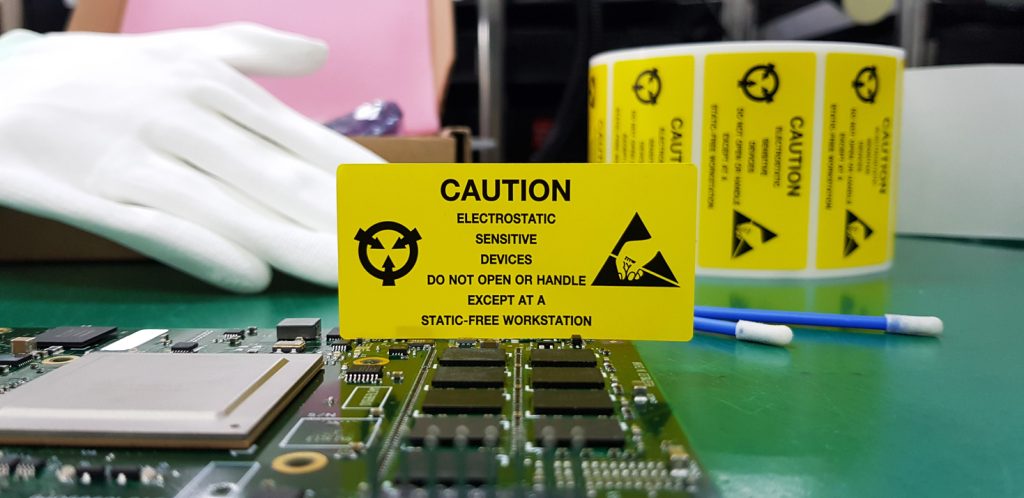
How Do We Safeguard Against Electrostatic Discharge?
There are many products available to help tackle the threat of ESD and provide protection for both people, machinery and products. ESD solutions that protect employees working in environments at risk of static discharge take many forms, from grounding mats, shoes, plastic bags, packaging boxes and gloves. However, whilst valuable for the protection of people, those items aren’t going to help reduce the static in industrial machinery itself – which is where it can often be the most disruptive.
To manage static build-up across manufacturing lines, particularly applications involving plastic production, ESD equipment like static bars can be used to eliminate the risks associated with electrostatic discharge. These compact, highly-versatile units are mounted to key areas in production lines or processes where static builds and releases an electrical field into the surrounding area. This field separates nearby molecules into positive and negative ions, which are attracted to any charged particles in the vicinity, neutralising them and eliminating the static.
Here at Ioniser Pro, we provide ESD Solutions for a wide range of industries through our static bars and blower units. Our products are compact, easy to install and hassle-free, providing safe and reliable solutions to static issues in your workplace, no matter your industry. If you would like more information on any of our products, contact us today, and we’ll be more than happy to help.
